The Exciting Discovery Of The Quadruple Asteroid System Sylvia
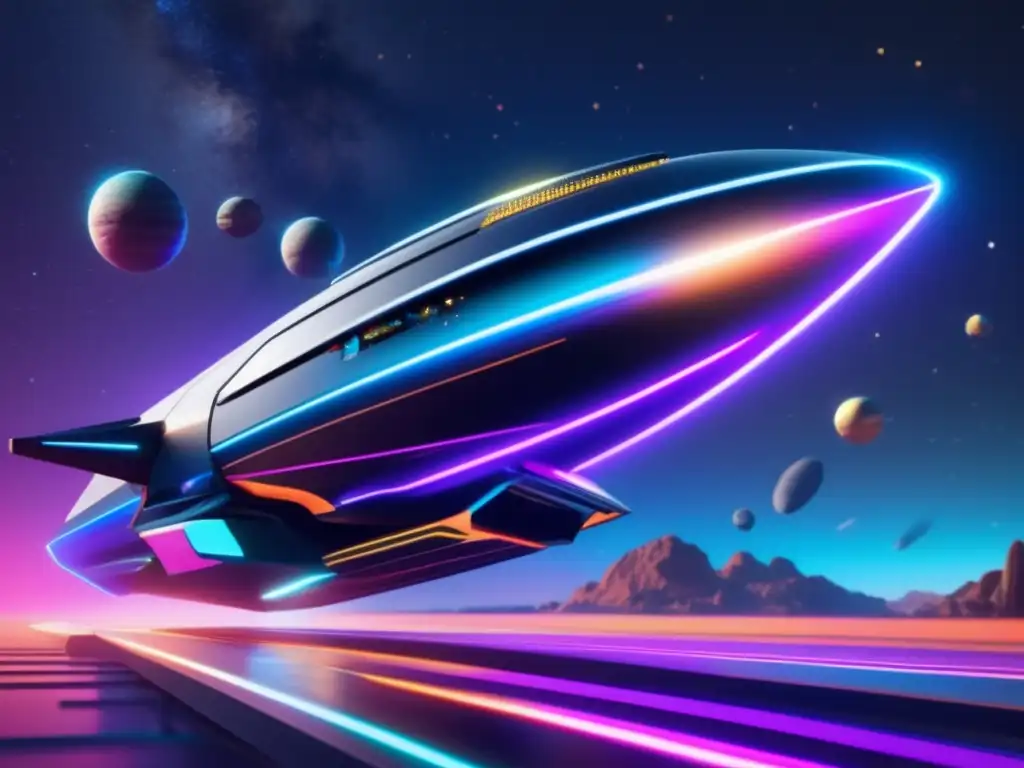
Introduction
Space exploration has led to some truly stunning and groundbreaking discoveries over the years. For instance, the discovery of the asteroid belt between Mars and Jupiter has allowed scientists to study these celestial objects up close and gain a better understanding of our solar system's formation. In recent years, a number of exciting discoveries have been made involving specific asteroids, including the quadruple asteroid system known as Sylvia.
The Discovery of Sylvia
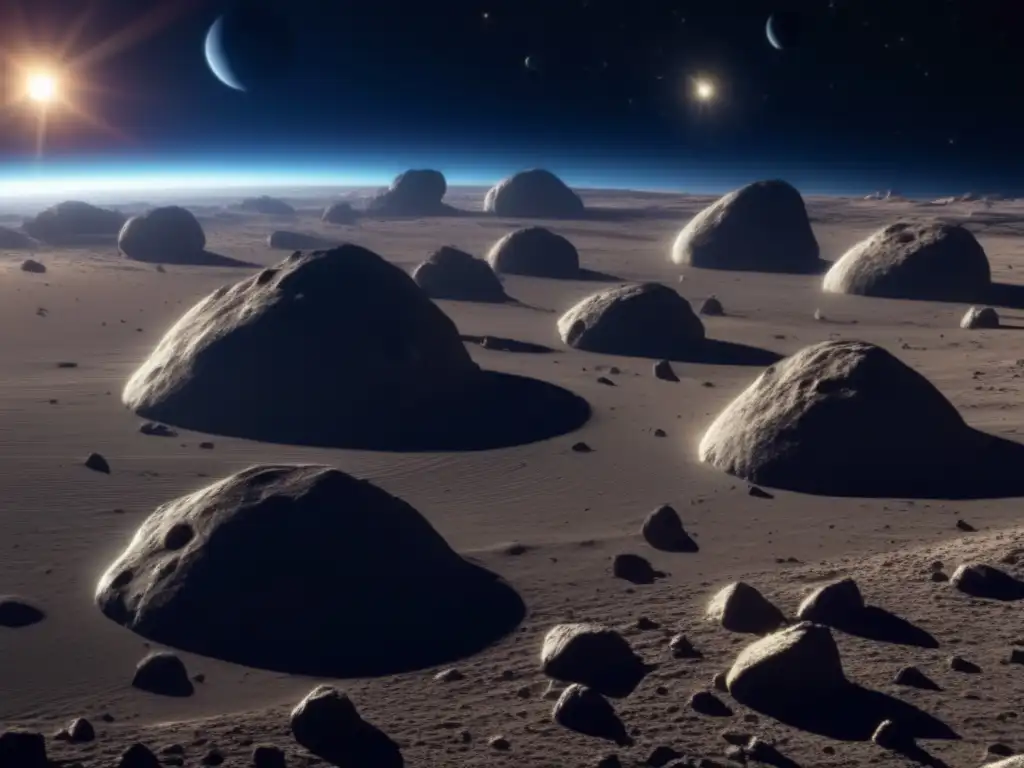
Background Information on Asteroids
Asteroids are small rocky or metallic objects that orbit the sun, much like planets. They are believed to be remnants from the early solar system, and they can range in size from tiny specks of dust to objects several hundred kilometers in diameter. Thousands of asteroids have been discovered in our solar system so far, and many more likely remain undiscovered.
Sylvia: A Quadruple Asteroid System
Sylvia is unique in that it is not just a single asteroid, but rather a quadruple asteroid system. It was discovered in February 2001 by Michael Brown, Chad Trujillo, and David Rabinowitz using the Palomar Observatory in California. The primary asteroid, which is the largest member of the system, is about 286 kilometers in diameter, while its two smaller satellites are roughly 18 and 7 kilometers in size respectively. What makes Sylvia particularly interesting is that it also has a fourth object orbiting around it, named Remus, which is much smaller at just 1.5 kilometers in diameter.
What We Have Learned From Sylvia

Celestial Mechanics
Studying Sylvia's orbit has allowed astronomers to gain valuable insight into celestial mechanics and orbital dynamics. By observing Sylvia over time, scientists have been able to learn more about how asteroid systems form, how they interact with one another, and how they evolve over time.
Composition
Sylvia's composition has also been of interest to scientists. They have studied its spectral data, which describes the different wavelengths of light reflected off its surface, to determine that it is likely composed of a mixture of rock and metal. This information can help scientists better understand the formation and evolution of our solar system.
Potential for Human Exploration
Finally, Sylvia's unique features have led some experts to speculate on the potential for human exploration. The fact that it is a quadruple asteroid system makes it particularly interesting, as it offers more opportunities for study and exploration. Some have suggested that it could even be a potential destination for future asteroid mining operations.
What Comes Next for Sylvia

Further Study
As with many discoveries in space, there is still much we don't know about Sylvia and its place in our solar system. Scientists will continue to study this unique asteroid system in the years to come, using new tools and technology to gather even more data and insights.
Exploration and Mining Potential
There is also growing interest in the potential for exploring and even mining asteroids like Sylvia. With its unique properties and proximity to Earth, it could become an important target for future human space missions.
Impact Hazard
Lastly, there is always the possibility that Sylvia or other asteroids could pose a risk to Earth in the future. Studying these objects and tracking their orbits is an important part of ensuring our planet's safety.
Frequently Asked Questions
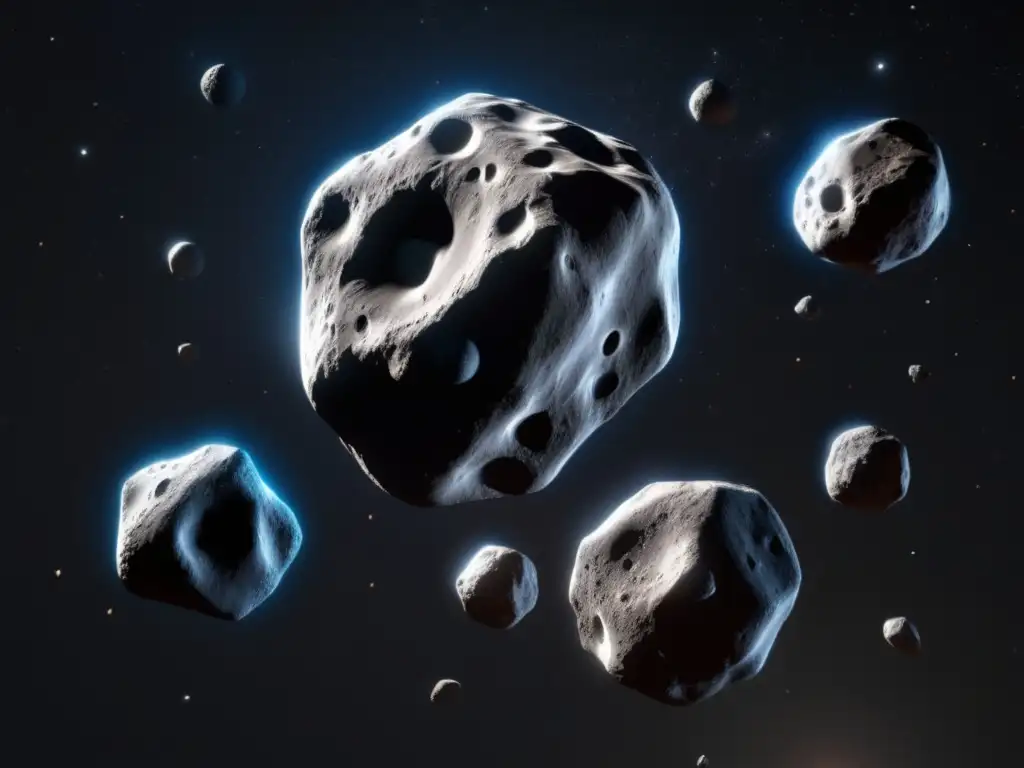
-
What is Sylvia?
Sylvia is a quadruple asteroid system discovered in February 2001 by Michael Brown, Chad Trujillo, and David Rabinowitz.
-
What can studying Sylvia teach us?
Studying Sylvia can help us better understand celestial mechanics, composition of asteroids, and potential for human space exploration and mining operations.
-
Is Sylvia a threat to Earth?
There is always a possibility that an asteroid could pose a threat to Earth, but currently Sylvia does not pose any known danger.
-
Are there other quadruple asteroid systems out there?
Sylvia is one of only a few known quadruple asteroid systems, but more could be discovered in the future as we continue to study and explore our solar system.
-
Could Sylvia be mined for resources?
There is growing interest in exploring and mining asteroids like Sylvia, which could contain valuable resources such as metals and minerals.
Conclusion
The discovery of the quadruple asteroid system Sylvia has been a truly exciting development for astronomers and space enthusiasts alike. Its unique features provide valuable opportunities for study and exploration, while also raising interesting questions about our solar system's formation and evolution. As we continue to learn more about Sylvia and other asteroids in our solar system, we can gain a deeper understanding of the universe and our place in it.
We encourage readers to continue exploring www.asteroidrealm.com to stay up to date on the latest news and developments in asteroid research and exploration.
Additional Resources
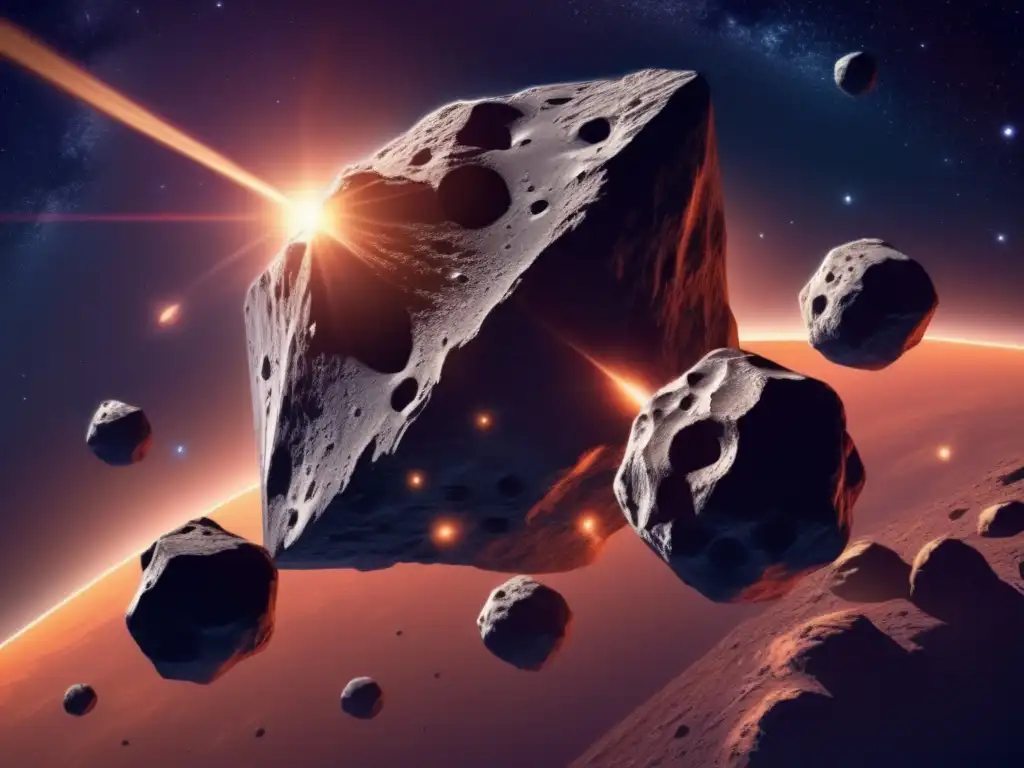
For those interested in delving deeper into the topic of asteroids and space exploration, we recommend checking out the following resources:
 Asteroids In Retrograde: The Intriguing Case Of 2015 BZ509
Asteroids In Retrograde: The Intriguing Case Of 2015 BZ509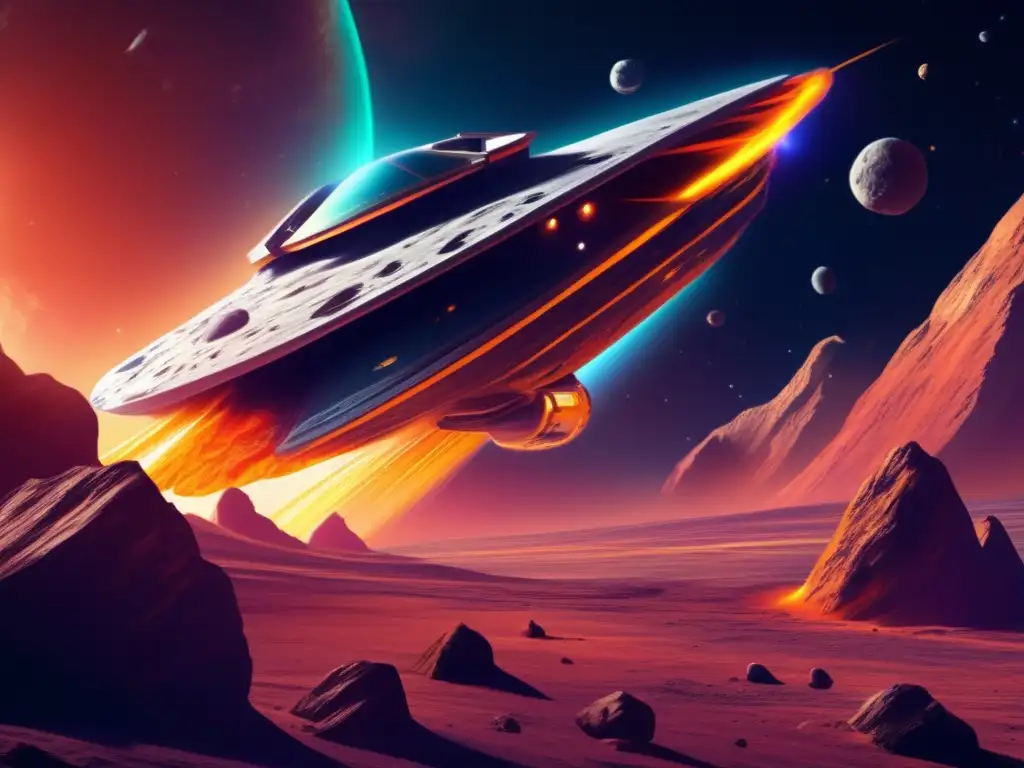 Rendezvous With A Near-Earth Asteroid: The Story Of Ryugu And Hayabusa2
Rendezvous With A Near-Earth Asteroid: The Story Of Ryugu And Hayabusa2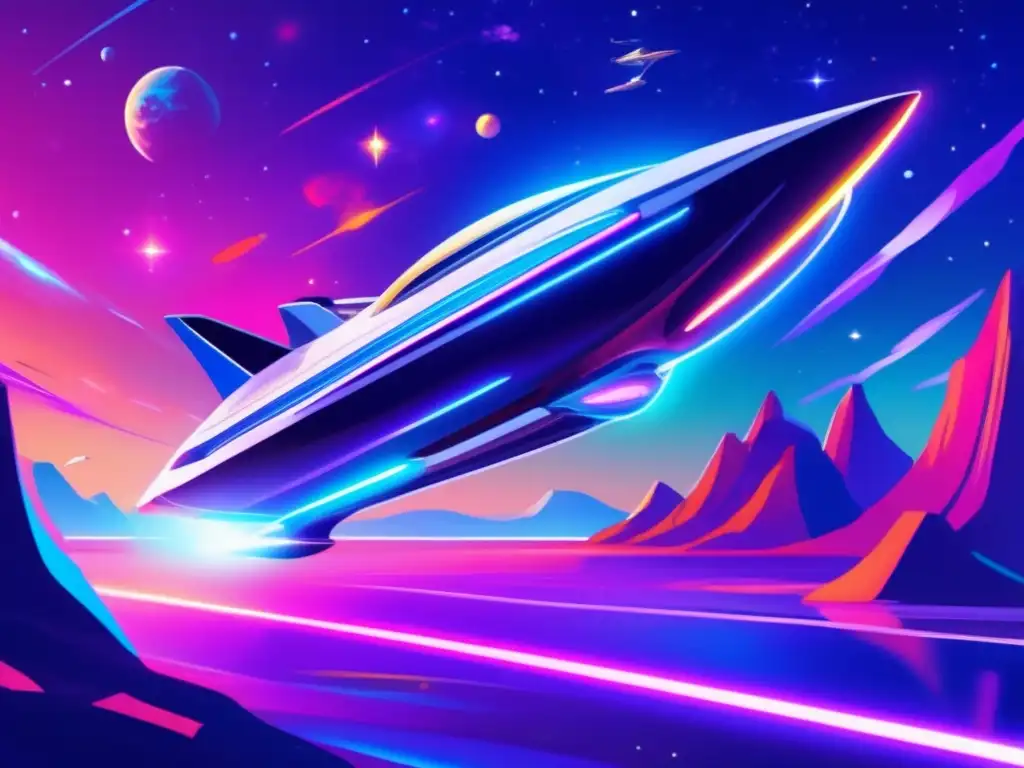 The Life And Times Of 1036 Ganymed: The Largest Near-Earth Asteroid
The Life And Times Of 1036 Ganymed: The Largest Near-Earth AsteroidIf you want to discover more articles similar to The Exciting Discovery Of The Quadruple Asteroid System Sylvia, you can visit the Asteroid Discoveries category.
Leave a Reply

Articulos relacionados: